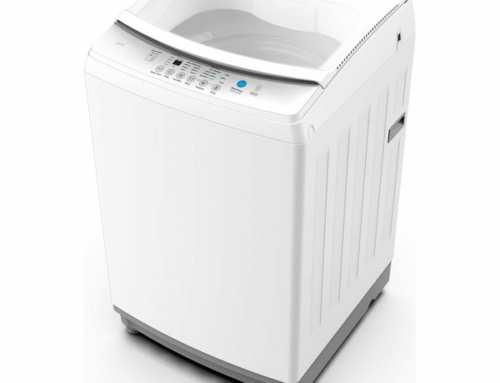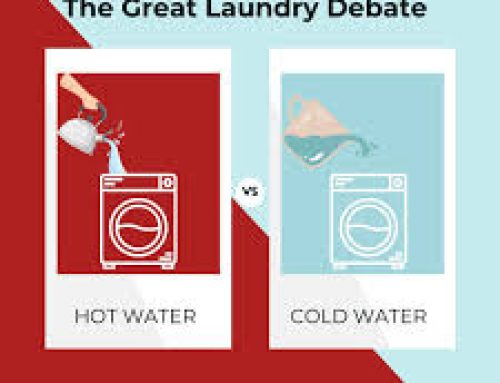Sustainability and Eco-Friendly Designs in Home Appliances
The evolution of home appliances has increasingly been driven by concerns over sustainability and energy efficiency. 
With global efforts to combat climate change and reduce carbon footprints, manufacturers are innovating ways to design appliances that minimize environmental impact while maximizing functionality and convenience.
From energy-efficient refrigerators to water-saving washing machines, sustainable appliance design is reshaping the industry and influencing consumer choices.
1. The Rise of Sustainable Home Appliances
Sustainability in home appliances focuses on reducing energy consumption, minimizing resource waste, and utilizing eco-friendly materials.
This trend has been accelerated by government regulations, consumer awareness, and technological advancements.
Energy Efficiency Standards
One of the most significant factors driving eco-friendly appliance development is energy efficiency.
Governments worldwide have implemented energy labeling systems, such as the Energy Star certification, which encourage manufacturers to design more efficient appliances.
These appliances not only reduce electricity bills but also help lower greenhouse gas emissions.
Smart Technology Integration
Smart home technology enhances sustainability by optimizing resource usage.
Many modern appliances, like refrigerators and dishwashers, now feature AI-driven energy monitoring systems, adjusting consumption based on usage patterns.
Smart thermostats and laundry machines allow users to schedule operations during off-peak hours, reducing strain on power grids.
2. Eco-Friendly Materials and Manufacturing
Beyond energy efficiency, sustainable appliances incorporate eco-friendly materials and responsible manufacturing processes. 
Recyclable and Biodegradable Components
Manufacturers are increasingly using recycled plastics and metals in their appliances, reducing reliance on virgin materials.
Some brands experiment with biodegradable components, ensuring that discarded appliances do not contribute to landfill pollution.
Low-Impact Manufacturing
Sustainability also extends to production.
Many companies now adopt greener manufacturing processes, such as water-based paints, energy-efficient factories, and ethical sourcing of raw materials. Certifications like ISO 14001 indicate environmentally responsible production methods.
3. Water Conservation in Home Appliances
Water efficiency is critical in sustainable home design.
Washing machines, dishwashers, and even water heaters are evolving to minimize consumption while maintaining performance.
Low-Water-Use Washing Machines and Dishwashers
Modern washing machines and dishwashers feature water-recycling systems that reuse rinse water for the next cycle.
igh-efficiency appliances use precise water measurements, reducing unnecessary waste.
Tankless and Solar Water Heaters
Tankless water heaters heat water on demand rather than continuously storing hot water, cutting down on energy use.
Solar water heaters leverage renewable energy, reducing electricity or gas dependency.
4. Renewable Energy Integration
The next frontier of sustainability in home appliances is direct integration with renewable energy sources.
Solar-Powered Appliances 
Solar-powered refrigerators, air conditioners, and lighting systems allow homeowners to reduce reliance on traditional electricity.
any appliances are designed with solar compatibility, making them ideal for off-grid living or low-carbon households.
Battery Storage and Energy Management
Innovative battery storage systems allow homeowners to store solar energy and use it efficiently with their appliances.
Smart energy management systems prioritize renewable sources and help users optimize consumption.
5. The Consumer’s Role in Sustainability
While manufacturers play a significant role, consumers also impact sustainability through purchasing and usage decisions.
Eco-Conscious Purchasing
Selecting appliances with high energy ratings, sustainable materials, and water efficiency can significantly reduce environmental impact.
Consumers should also consider durability to avoid frequent replacements.
Proper Maintenance and Recycling
Maintaining appliances ensures they run efficiently for longer periods, reducing waste.
Responsible disposal and recycling programs for old appliances prevent hazardous materials from entering landfills.
Conclusion
Sustainability and eco-friendly designs in home appliances are no longer niche concerns but essential industry standards.
Through technological advancements, responsible manufacturing, and consumer awareness, modern appliances can significantly reduce energy and resource consumption while offering the convenience expected in today’s households.
As sustainability continues to shape the future of home living, eco-friendly appliances will remain at the forefront of innovation.
Click Here for access to the blog page for more helpful hints and advise, for all home appliances and Wiser and Pixie technology.
Click Here to book an appointment to get all your home appliances repaired, serviced or new appliances installed, or Wiser and Pixie devices added to your Smart Home.







